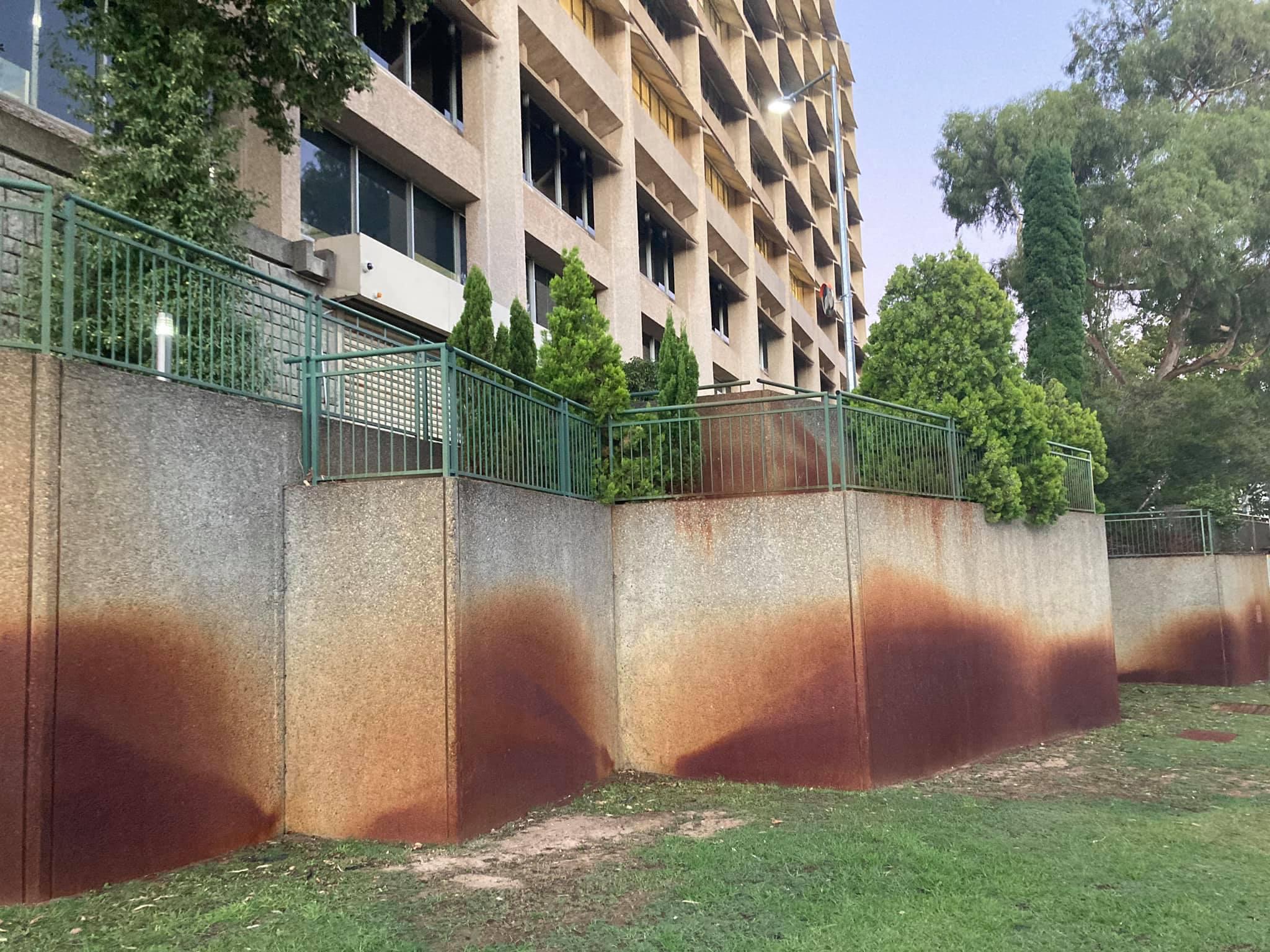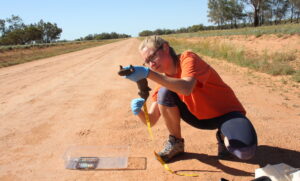When the backyard sprinklers turn on in the middle of summer, a strange and distasteful aroma fills the air.
Over time, walls and fences start to turn reddish-brown, and the stains take more than a scrub to remove.
It’s an experience that all Western Australians are familiar with – thanks to the state’s reliance on bore water.
ANYTHING BUT BORE-ING
Bore water is groundwater that has been pulled up to the Earth’s surface using an excavated hole commonly known as a well or a bore.
Bore water is used throughout Australia. Some areas even use it as drinking water – following some treatment of course.
It’s also used for agricultural irrigation and industrial service use.
In WA, around 70% of Perth’s water supply comes from groundwater. Furthermore, approximately 180,000 bores are located in backyards across Perth and Mandurah. This is mostly because Perth sits on top of a large aquifer, aptly called the Perth Basin.
STINKY BUSINESS
The strong smell of rotten eggs often associated with bore water is actually the scent of hydrogen sulfide gas. It’s mostly created when bacteria in the water converts sulfur materials into hydrogen sulfide. This chemical reaction is most likely to occur if acid sulfate soils have been disturbed.

tenor
Fortunately, despite its icky smell, it takes a large amount of hydrogen sulfide gas exposure for it to become a serious health concern. And bore water only has low levels of hydrogen sulfide.
Furthermore, once the gas enters your body, it’s rapidly broken down by your liver and excreted via urine. It does not accumulate.
So catching a whiff isn’t a major health threat, it’s just gross!
OK, BUT WHAT ABOUT THE STAIN?
Bore water contains high levels of iron because it’s pulled from the ground.
When exposed to air, the iron dissolved in bore water turns into ferric hydroxide, also known as rust. And if you spray bore water on the same area for long enough, the rust eventually builds up to create a visible red stain.
While harmless, it’s safe to assume that a ferric hydroxide stain is not exactly a highly sought-after look for homeowners. And unfortunately, it does require some elbow grease to remove.
UNLIMITED WATER IS A PIPE DREAM
Bore water is key to keeping Australians afloat during droughts.
Due to a steady decline in rainfall, WA has increasingly relied on groundwater and desalination over the last few years. But groundwater is a finite source that also relies on rainfall for replenishment.
And new research has found some grim news about the rate of groundwater replenishment in Western Australia.
So as WA heads into another scorcher of a summer, it’s a good idea to brush up on waterwise skills.
After all, every drop counts!









